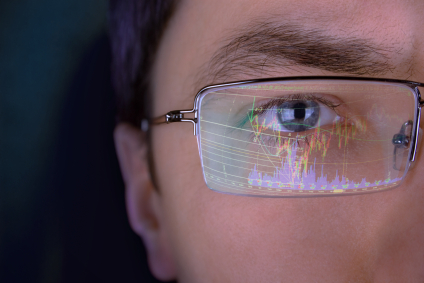The Network 2020: Gearing Up for 5G
By: Richard Ventura
 While 5G is set to make its commercial debut around 2020, the jury is still out on precisely when we will see true 5G available across a widespread area, but businesses in just about every industry
are already dreaming about the possibilities.
While 5G is set to make its commercial debut around 2020, the jury is still out on precisely when we will see true 5G available across a widespread area, but businesses in just about every industry
are already dreaming about the possibilities.
In basic terms, 5G will provide broadband-like data speeds from anywhere, making content and data streaming nearly seamless, and opening the door to video consumption virtually anywhere and everywhere, on any device, without a broadband connection. If 5G meets its ambitious goals, we can expect very low latency, high bandwidth, greater availability, faster speeds, and more consistent coverage.
More than just a new generation of mobile technology, 5G will create a major shift in how businesses use cellular networks. Currently, many digital signage applications utilize pre-loaded data and content. 5G will allow these same applications to use real-time data collection, analysis, and dissemination as well stream higher-resolution video, audio and pictures more quickly, expanding digital signage’s content and interactivity options.
Additionally, 5G’s enhanced network bandwidth is the key to smooth integration of Internet of Things (IoT) devices into digital signage. Interconnected devices are going to be a defining characteristic of 5G, and the ability to enhance digital signage using connected devices and innovative technologies will open up new ways for businesses to engage their audiences and advertise products.
5G will augment a number of rising trends and technologies in the digital signage space.
DOOH Advertising
Digital out-of-home (DOOH) advertising will be more targeted with 5G; the more data points a business can obtain, and the faster speed at which it can obtain and react to that data, the more content it can push to a consumer in real time.
For example, a small grocery store may carry five different flavors of ice cream, with the inventory database showing one flavor in particular is overstocked. On an 80-degree summer day, a camera with facial detection capabilities senses that a person has entered the store and is walking toward a digital display. Data analysis of the outside temperature as well as the inventory overstock triggers real-time content on the digital display, announcing a special sale on the ice cream flavor that isn’t selling well.
Another tool that DOOH advertising can use to trigger content are beacons, a Bluetooth-based one-way communication tool users must opt into that lets a business communicate with a consumer entirely via a mobile phone. After a customer opts in, communications can be pushed to a smart device to increase sales or drive foot traffic. The use of 5G will allow multiple beacons to communicate to the consumer and deliver information without stressing the existing store network. This also will allow stronger use in outdoor applications and areas with limited access to traditional network infrastructure (such as in smart cities).





















